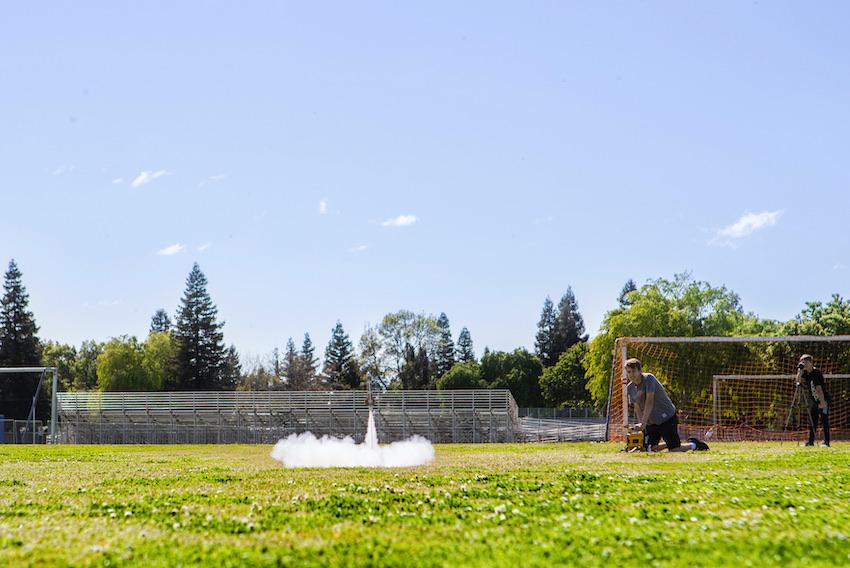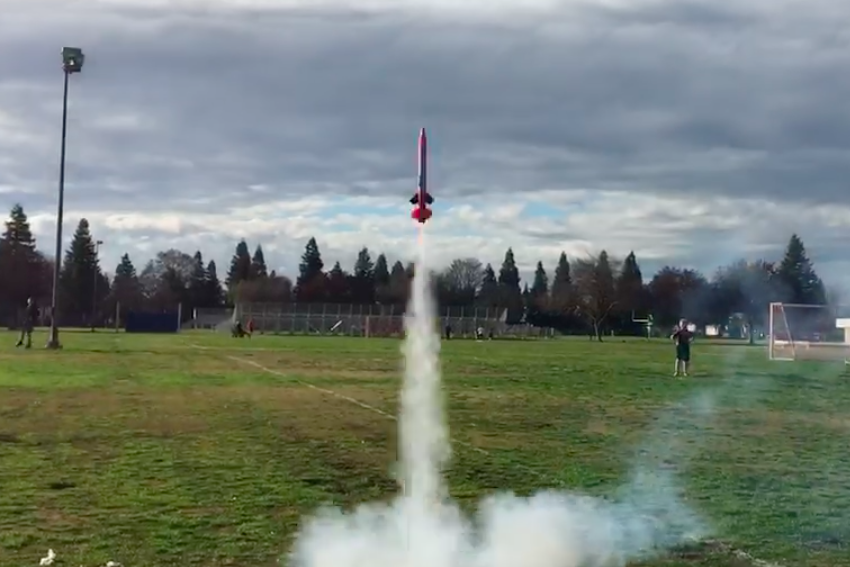Every mission starts with the launch pad
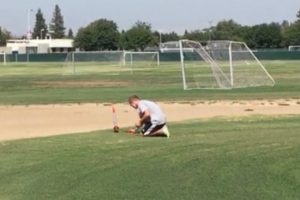
Every rocket fired off needs a place to take off from. In the professional world, the stand will fall away and the rocket will continue on its trajectory upwards. In the hobby world, the stand will stay in place and the rocket will glide up the rod. The difference here is that one launch pad acts as a guide and the other acts as a rest for the rocket to not fall over.
The launch rod can be easily acquired but may cost a little bit of money. Once a launch pad is acquired it can last upwards of five years, depending on the care it is given. Depending on how it is stored before each use, the launch rod should be cleaned of any gunk on the rod that might hinder a smooth takeoff by the model rocket.
The other important thing to watch out for is the bending of the rod. Due to being a long, skinny piece of metal, if an item hangs on the rod in the wrong way for too long it can fatally damage the launch pad. If the rod is found to be bent, it is no longer usable, (depending on the severity of the bend.)
A bent rod can shoot the rocket in an unwanted direction or it can hang up the rocket causing a potentially dangerous situation where a live rocket is giving full ignition but not lifting off. In this case, leave the rocket alone until it has completely burned out and the nose cone has come off from the ejection gasses.
Andrew Rieker and Bryce Foshee talk about launch pads in their latest podcast.
Launch pads in model rocketry cost a few bucks, compared to the billions of dollars NASA has spent on Launch Complex 39. But every launch facility, large or small, has the capability of ending the mission disastrously before it even has a chance to start.
The very first test of American human spaceflight technology occurred on Nov. 21, 1961. The Mercury capsule on top the Redstone rocket would be empty, but everything else about the flight was supposed to simulate the real deal.
At 9:00:00 a.m., the rocket’s single engine ignited and reached full thrust. The hold-down clamps released and America was officially off the ground in the Space Race.
At 9:00:02 a.m., the engine shut down and the rocket fell softly back into the pad. Maximum altitude: 4 inches.
A series of snafus commenced. The flight computer thought the flight had ended and it was in space, so it fired the launch escape tower to shed weight. The capsules sensors thought it reentered the atmosphere, so it deployed all three parachutes.
You can watch the launch in all its glory in this video uploaded by vogonford.
Despite its dismal performance, nothing about the Redstone rocket was to blame. The problem was with the launch pad.
A lot can go wrong during a countdown, so controllers like to keep command of the rocket until the final seconds before the launch. In the Redstone, the control cable stayed attached until the rocket actually lifted off.
The control cable was not designed to handle large electrical currents, so a separate power cable was attached. However, if the power cable disconnected first, current would flow through the control cable and fry the flight computer, which is exactly what happened on Nov. 21.
A launch pad may be the simplest and least technically challenging aspect of rocketry, but a poorly designed pad makes getting in the air a lot more frustrating.
In our next blog, we’ll talk about the design process for building a rocket from scratch. As always, our goal with these blogs is to inspire the reader to join us in building rockets. A great resource for learning more about amatuer rocketry operations is Richard Nakka’s website.
Visit our site at fcrocketprogram.wordpress.com for more details and updates.
Andrew Rieker can be reached via email.
Bryce Foshee can be reached via Twitter and via email.





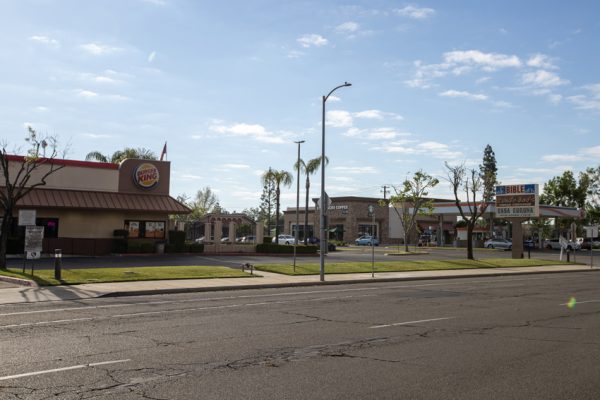

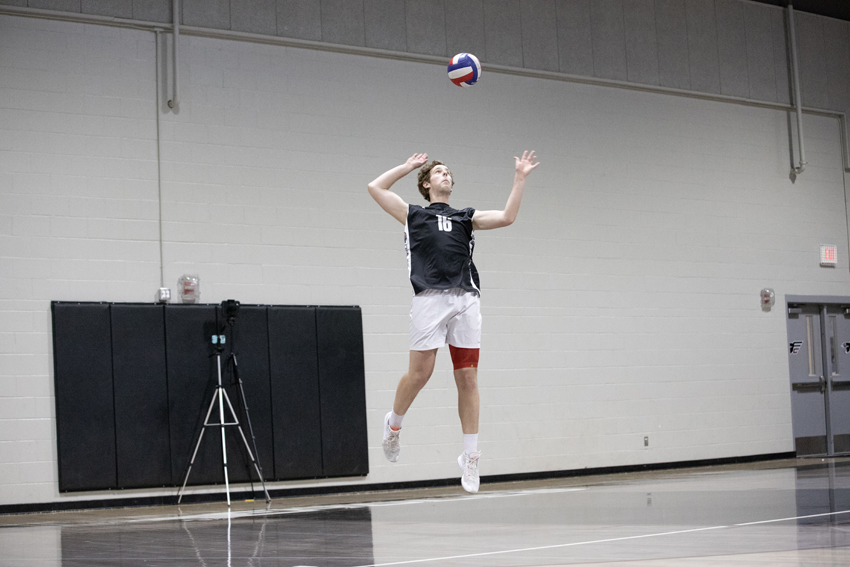
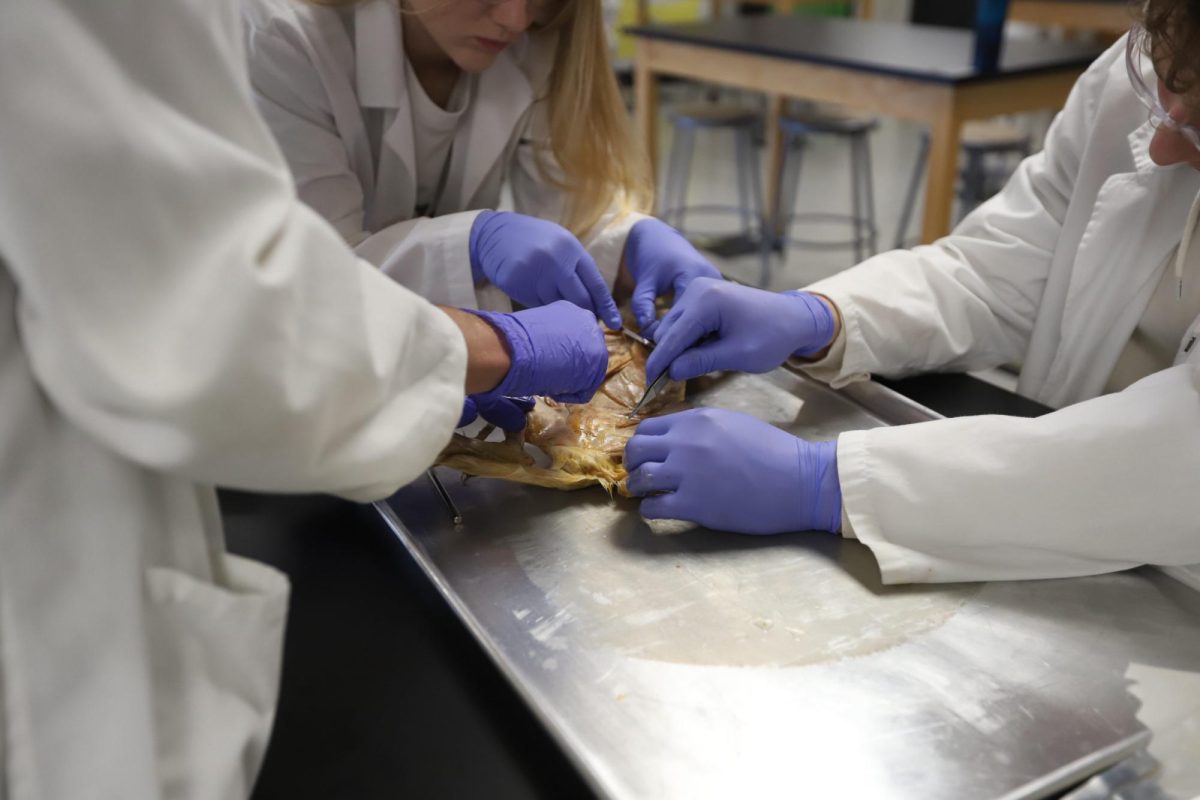

![[Video] 100th CSPA Spring Journalism Conference](https://thefeather.com/wp-content/uploads/2024/04/20240308-cspa-crown-002.jpg)
![[Video] New York Day 4](https://thefeather.com/wp-content/uploads/2024/04/NY-trip-day-4-JC-.jpg)
![[Video] FCS College Fair](https://thefeather.com/wp-content/uploads/2023/10/20231003-collegefair-012_1.jpg)


